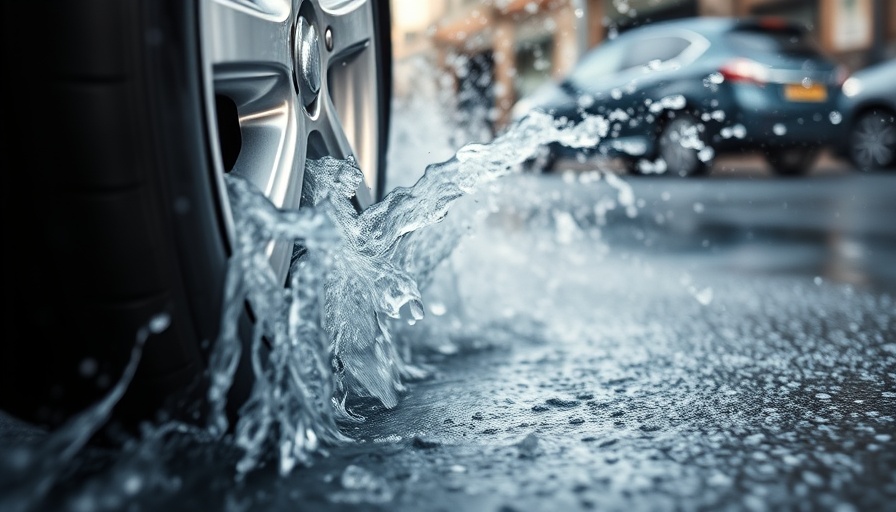
Understanding Hydroplaning and Its Risks
Hydroplaning is a dangerous driving condition that happens when water prevents your tires from making contact with the road. Imagine driving on ice—that's how it feels when your tires are gliding over a thin layer of water. The moment your tires lose grip, it can be challenging to steer, brake, or accelerate effectively. If you’ve ever felt your car sliding unexpectedly during rain, you might have experienced hydroplaning firsthand.
What Causes Hydroplaning?
Now, let’s break down the factors that lead to hydroplaning. The primary cause is water on the roadway, particularly when it floods above the tread of your tires. However, it's not just rainwater that can contribute. Oil and grease from vehicles can build up on the road, turning it into a slippery surface, especially right after it starts raining. That’s danger #1!
Speed Matters!
Driving too fast in wet conditions is another major culprit. High speeds reduce the effectiveness of your tires in pushing water away, leading to an increased risk of losing control.
Tire Condition is Key
Your tires play a crucial role in preventing hydroplaning. Worn-out tires with little tread can’t channel water properly, increasing your chances of slipping on wet roads. Additionally, having underinflated or overinflated tires affects how much of the tire is in contact with the road, making it hard to maintain grip.
Understand Road Conditions
It’s also essential to consider your vehicle's surroundings. Smooth, worn-out asphalt can hold water more easily and contribute to hydroplaning conditions. Knowing this can help you plan your drive better, especially in inclement weather.
What You Can Do to Prevent Hydroplaning
Here are some practical insights that any homeowner or driver in Southeast Michigan can use:
- Check Your Tires: Regularly check for tread wear and ensure your tires are properly inflated.
- Slow Down: Always adjust your speed in wet conditions. It helps maintain better traction and control.
- Stay Calm: If you find yourself hydroplaning, resist the urge to slam on the brakes. Instead, ease off the accelerator and steer straight until you regain control.
Taking Action Is Vital
Hydroplaning is an avoidable danger for anyone behind the wheel, especially in our wet Michigan seasons. By understanding the causes and risks, as well as taking proactive measures, you can ensure a safer driving experience for yourself and your loved ones. So, the next time it rains, remember to take the necessary precautions!
 Add Row
Add Row  Add
Add 




Write A Comment